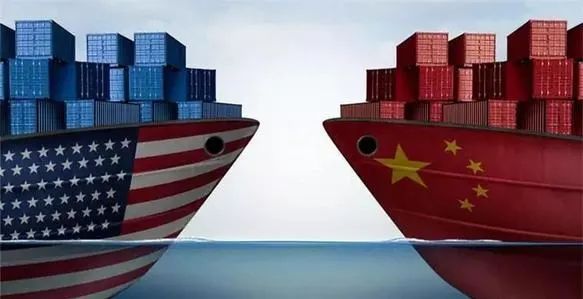US Tariff Increases: Crisis and Opportunity for Cross-border E-commerce
![]() 04/11 2025
04/11 2025
![]() 478
478

'Behind the Sales Frenzy, a Cliff Awaits'
In April, the Trump administration in the United States wielded the 'tariff stick', announcing a steep increase in tariffs on Chinese goods to 125% while simultaneously suspending new tariffs on 75 other countries for 90 days. This move caused severe turbulence in the global trading system, significantly impacting the cross-border e-commerce industry.
The most immediate effect of these tariff hikes is the surge in costs. The increase in tariffs directly translates to higher procurement and transportation costs for cross-border e-commerce enterprises. To maintain profit margins, these enterprises must raise product prices, posing a formidable challenge for small and medium-sized enterprises (SMEs) that traditionally thrive on thin margins and quick turnover. As prices rise, SMEs find their product positioning elevated, competing directly with branded products and losing their price advantage, thus facing greater pressure for survival. While SMEs scramble to liquidate inventories, leading enterprises are capitalizing on their scale and branding to seize market share.
Beyond the competitiveness challenges posed by rising costs, many cross-border e-commerce enterprises rely heavily on a single market and supply chain layout, revealing their vulnerability in this tariff war. When the US raises tariffs, these enterprises struggle to swiftly adjust their supply chains, leading to supply disruptions or substantial cost increases. Their over-concentration in the US market also means that any fluctuations in the US market can expose them to tremendous risks, lacking the support of diversified markets, further underscoring their inadequate risk resilience.
Despite these difficulties, cross-border e-commerce enterprises are not without recourse, as AI technology offers new avenues for solutions.
Firstly, to address the competitiveness challenge, cross-border e-commerce enterprises can leverage AI for product iteration. By analyzing market data with AI, understanding consumer needs, and developing more differentiated products with unique selling points, these enterprises can position their products as the optimal choice for overseas buyers. For instance, Sunon Technology relies on its German R&D center to develop smart office furniture with a 30% premium rate, effectively offsetting tariff costs. Simultaneously, enterprises can utilize AI to optimize production processes, achieve precise production and intelligent scheduling, reduce labor and material costs, and regain pricing advantages.
To enhance risk resilience, enterprises can employ AI to strengthen refined operations. By analyzing market trends, consumer preferences, and policy directions with AI, enterprises can adjust their supply chain layout, achieve localized production and supply, reduce transportation and tariff costs, and swiftly respond to market demands. In terms of market diversification, AI can be used to map out global consumer profiles, explore potential opportunities in global markets, achieve market globalization, and reduce dependence on a single market. For example, Great Star Technology, recognizing the significant demand for professional and DIY household tools in European and American markets, has heavily invested in the US market in terms of capacity, brand, and channels, with three production bases and a capacity of US$100 million. However, Great Star Technology does not rely solely on a single supply chain, having established production bases in Vietnam and Cambodia and leveraging its factory in Mexico to avoid tariffs.
In the long run, there is a likelihood of future adjustments in tariff policies. The increase in tariffs raises costs for both enterprises and consumers, and the US faces domestic inflationary pressures. Although local US enterprises and potential alternative countries can meet certain market demands, there is a significant 'capacity potential difference' between the US and China, as well as between China and other potential alternative countries. This comprehensive advantage, built on long-term manufacturing capabilities, complete industrial chain support, a vast engineering dividend, and efficient infrastructure, is difficult to replicate or transfer in the short term. To alleviate pressure, the US may adjust its tariff policies.
For the cross-border e-commerce industry, while it has faced short-term impacts, it also presents opportunities. Enterprises can seize this moment to optimize their market layout and production chain structure, collaborating with AI technology in the adjustment process to enhance product competitiveness and operational efficiency. Those enterprises that can swiftly adapt to changes and actively innovate are poised to rise amidst adversity, driving the cross-border e-commerce industry towards higher-quality development.








